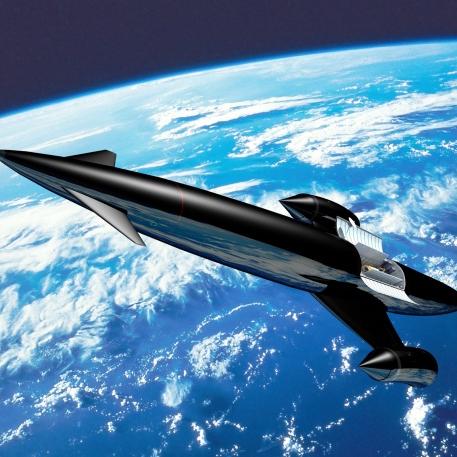Skylon spaceplane revs up for cooling test

The Skylon spaceplane will soon take one step closer to reality, with an upcoming test of one of the key components on the craft's engine planned for the summer.

The Sabre engine for the Skylon spaceplane will be tested in the summer. Image credit: ESA
"We intend to go to the Farnborough International Air Show in July with a clear message [...] that Britain has the next step beyond the jet engine; that we can reduce the world to four hours — the maximum time it would take to go anywhere," he said. "And that it also gives us aircraft that can go into space, replacing all the expendable rockets we use today."
The company hopes that the demonstration of the pre-cooler heat exchanger will help it to secure the £250m of funding required for the final design stage of the plans.
"We don't have to go away and develop the real thing when we've done these tests; this is the real article," Bond said.
The heat exchanger does an important job in the engine, as it provides a way to cool gases with temperatures of around 1,000°C to -140°C in one-hundredth of a second.
Unlike conventional space craft, the hybrid jet and rocket engine (Sabre) uses a mix of hydrogen and oxygen to provide thrust. The company said that this will remove the need for multi-stage propellants found in rockets today and therefore cut back on the associated costs and wastage.
In May 2011, the European Space Agency completed a technical assessment of the Skylon spaceplane and found that there were no major stumbling blocks to the continued development of the craft or engine.